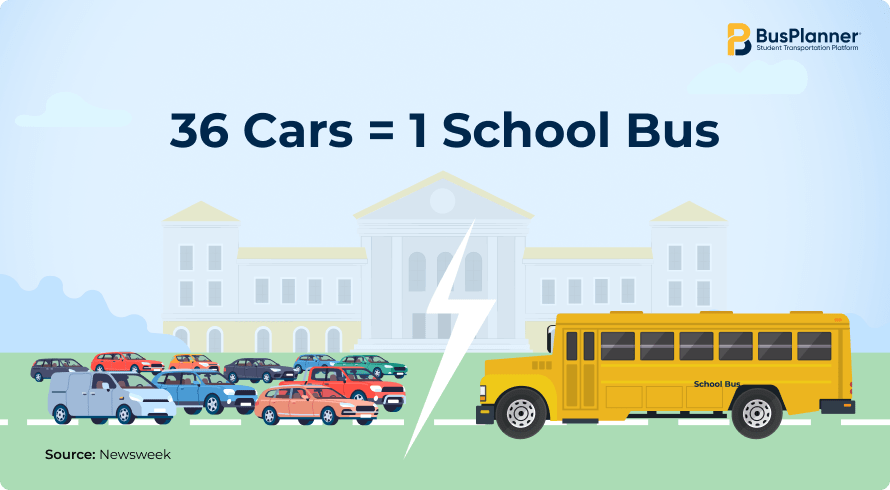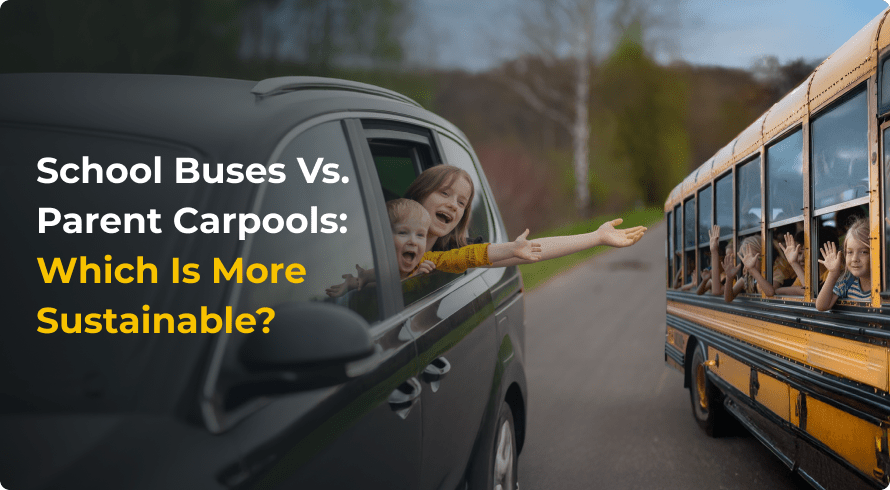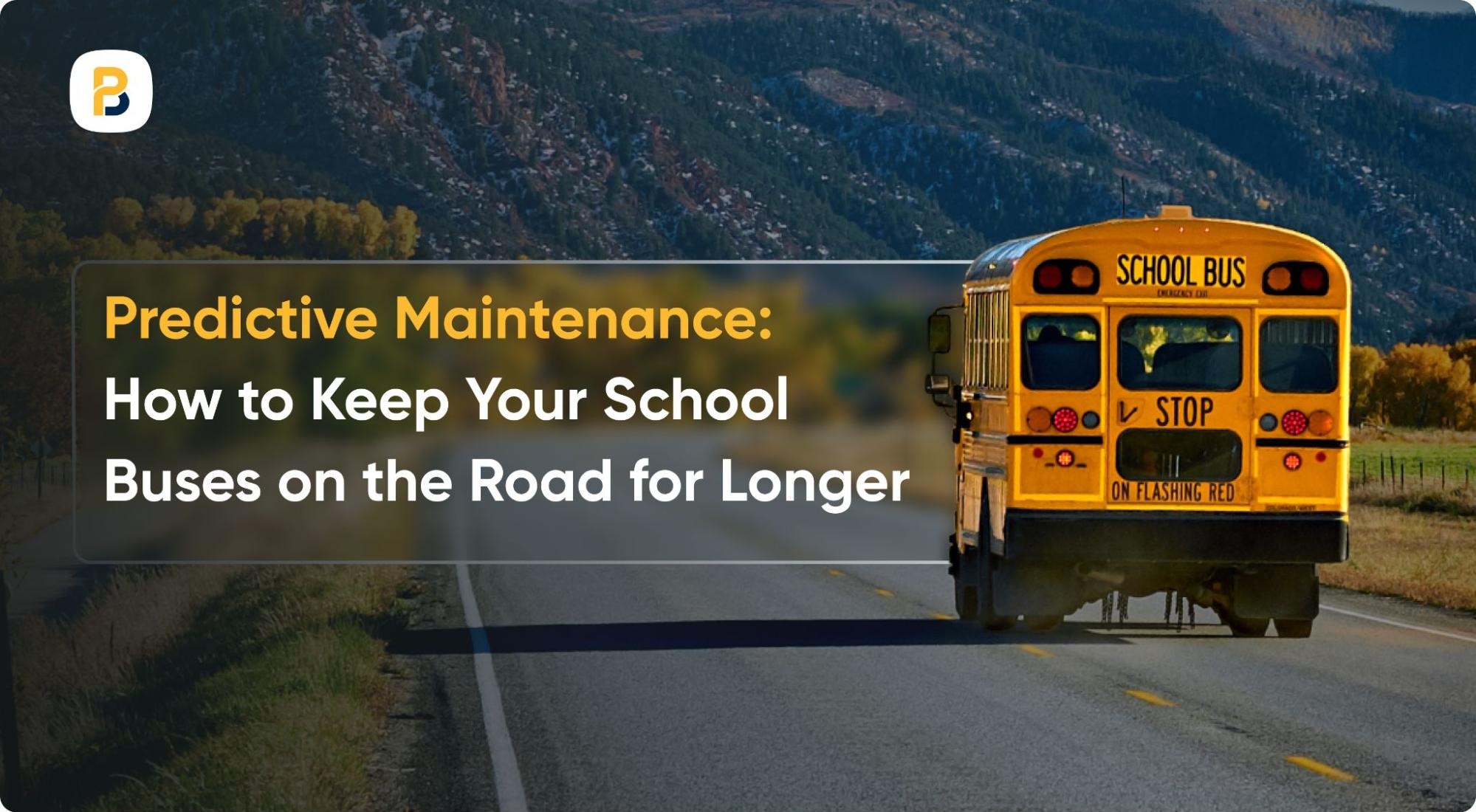Millions of students all over the world make their way to school every weekday morning using different modes of transport. The U.S. sees approximately 480,000 school buses transport nearly 25 million children to their schools and back every school day.
At the same time, many parents choose to drive their children to school, often forming carpools with neighbors or friends to share the responsibility. While both options are common, they differ not just in convenience, but also in their impact on the environment.
As we look toward more eco-conscious choices in everyday life, student transportation is an area worth examining. So, which option is truly more sustainable — the yellow school bus or the modern parent-led carpool?
Environmental Impact

Carpooling is seen as a sustainable way of transport if multiple people join in to fill all the seats in a car. While this sounds good on paper, it still cannot compete with the utility school buses provide.
Each school bus replaces an average of 36 cars that would each travel 3,600 miles per year. This is a very high number, considering the environmental impact each car has on the road.
The significant reduction in the number of cars on the road alleviates traffic on the road, increases operational efficiency, and drives down harmful gas emissions.
Economic Impact
School buses require substantial initial investments from school districts. Once they hit the road, they turn the costs into savings for many reasons.
- Transport Dozen Students At a Time: Unlike individual cars, buses can carry several dozen students at a time. It results in fuel savings and a lesser negative environmental impact.
- The Impact of Electric School Buses: Electric school buses are approximately 60% more energy-efficient than gas-guzzling buses and save on maintenance costs due to fewer moving parts. The efficiency also allows annual savings of about $2,000 per bus in fuel costs and $4,400 in maintenance.
Carpooling on hybrid or electric cars may be saving the environment from several problems, but school buses stay ahead with a lower economic impact.
Transportation Opportunities for All
Promoting equity in education is on top of the list for nearly every school district. School buses can provide that, as the industry does not discriminate between the socioeconomic backgrounds of students.
While students may come from different backgrounds, traveling the same way in a similar vehicle ensures that equity remains in and out of school. It gives children an opportunity to form a stronger bond.
The Healthier Option
Traditional school buses of the past were criticized for being gas guzzlers and burning diesel to emit harmful gases. The gases could impact students’ health as they would be exposed to them. However, things have changed significantly over the years.
School buses have become much more efficient in recent years, and the introduction of EV buses has been a game-changer in the industry.
Many adults have also switched to hybrid and EV vehicles, helping the environment and leading the change to a more sustainable way of transportation. Therefore, carpooling in hybrid or EV vehicles can be as safe for a student’s health as on a school bus.
Which Option Is the Best?
There seems to be no harm in carpooling, especially if it’s done in an electric vehicle. Gas-powered engines, on the other hand, can do more damage to the environment and are not seen as a sustainable mode of transportation anymore.
Meanwhile, newer and more efficient school buses are giving districts a reason to push more parents into sending their children to school on dedicated buses. It’s one of the major reasons why approximately 10 billion student trips are taken by school buses each year, making it the largest mass transit program in the U.S.
With an eye on a greener and more sustainable future, school buses stand out as the champions by reducing emissions, promoting safety, and ensuring equity.
To streamline operations and drive efficiencies at your school district, consider investing in an all-in-one student transportation platform like BusPlanner.







